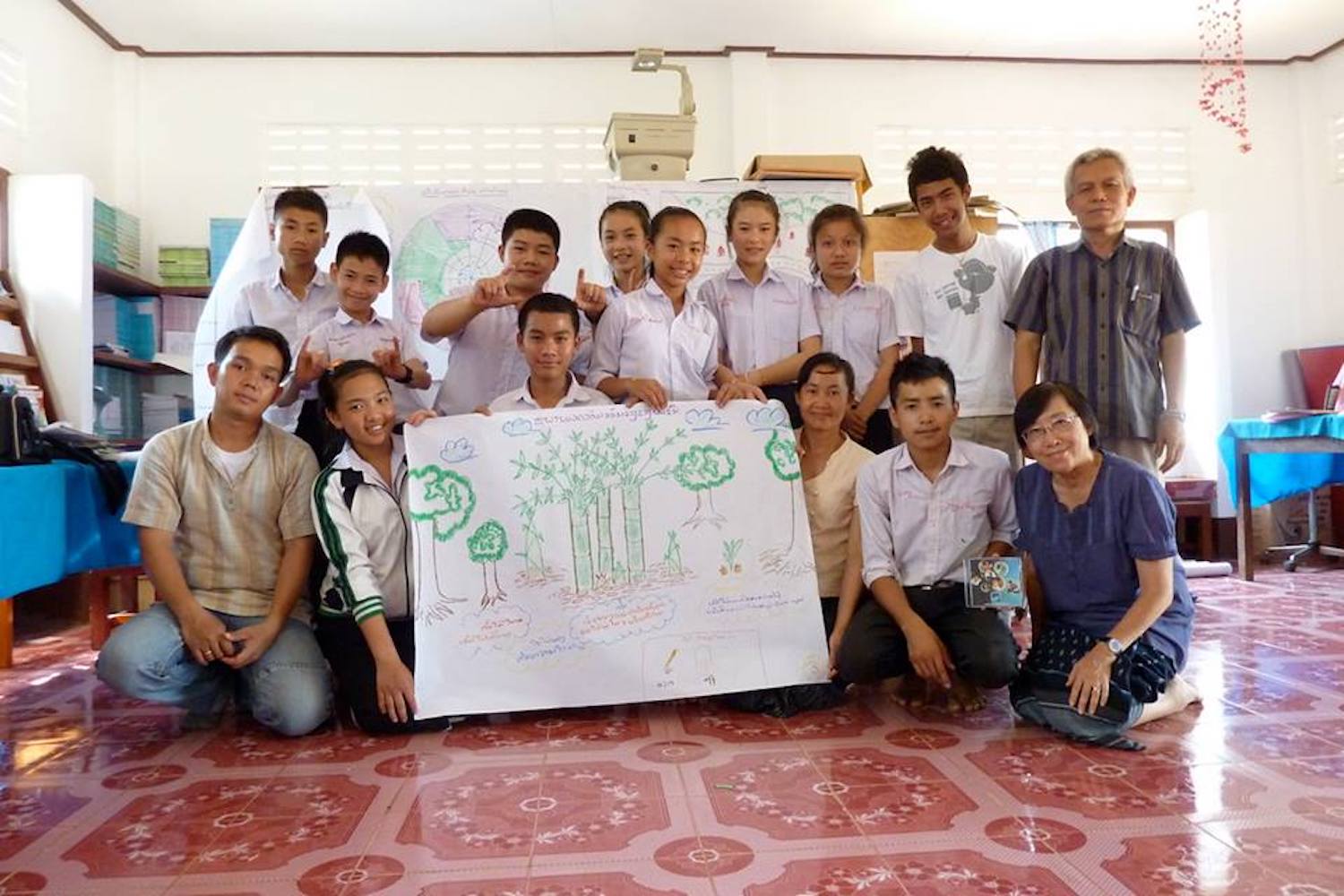Bangkok Post: 25 April 2016
In the second decade of the Asean civil society and people’s forum, the civic groups will meet not in the host country for the first time, but in non-Asean member East Timor instead. Every year before the Asean Summit, a conference known as the Asean Civil Society Conference/Asean People’s Forum (ACSC/APF), where hundreds of civil society activists from the Asean region gather to represent the voice of civil society, is held parallel to the official Asean Summit.
This year the theme of the conference, to be held in in August, is “Expanding People’s Solidarity for a Just and Inclusive Asean Community”. It will be held in East Timor’s Dili, according to Atnike Sigiro, a steering committee member of the Asean NGO mechanism created in 2005.
“It’s an effort by Asean civil society to reach out to people in Timor Leste, which soon will join Asean. The title also represents an expansion of solidarity among the people in the Asean region,” said Ms Sigiro from Forum-Asia. Continue reading “Asean civil society meet dodges Laos for E Timor”






 As Laos celebrates its traditional new year, a few points to ponder:
As Laos celebrates its traditional new year, a few points to ponder:
 Party leaders furthermore urged tighter control over civil society organizations in the face of alleged but unsubstantiated efforts to undermine the party. In the wake of community leader Sombath Somphone’s unexplained disappearance in late 2012, the deplorable investigation of which attracted condemnation from around the world, increased pressure on civil society organizations produced levels of fear and self-censorship reminiscent of a more oppressive past. In this context, leaders’ ongoing claims to be strengthening the rule of law – another rhetorical theme in Laos – continued to fall flat.
Party leaders furthermore urged tighter control over civil society organizations in the face of alleged but unsubstantiated efforts to undermine the party. In the wake of community leader Sombath Somphone’s unexplained disappearance in late 2012, the deplorable investigation of which attracted condemnation from around the world, increased pressure on civil society organizations produced levels of fear and self-censorship reminiscent of a more oppressive past. In this context, leaders’ ongoing claims to be strengthening the rule of law – another rhetorical theme in Laos – continued to fall flat.
 Sombath Somphone, a prominent civil society member who was abducted outside a police post in the capital, Vientiane, in December 2012, remained disappeared with no progress in his case. In March, a former military general heading a non-profit organization – widely believed to be a government proxy – made a failed attempt to have Sombath Somphone’s name removed from the agenda of the ASEAN People’s Forum event. No progress was made in the case of Sompawn Khantisouk, an entrepreneur who was active on conservation issues. He remained disappeared since being abducted by men believed to be police in 2007.
Sombath Somphone, a prominent civil society member who was abducted outside a police post in the capital, Vientiane, in December 2012, remained disappeared with no progress in his case. In March, a former military general heading a non-profit organization – widely believed to be a government proxy – made a failed attempt to have Sombath Somphone’s name removed from the agenda of the ASEAN People’s Forum event. No progress was made in the case of Sompawn Khantisouk, an entrepreneur who was active on conservation issues. He remained disappeared since being abducted by men believed to be police in 2007.
 Enforced disappearance is when a person is secretly taken by the government, or by others with the knowledge and support of state authorities. The government then denies any role in the abduction, as well as knowledge about what happened, or where the person might be. The result is that the person is denied all legal rights and protection.
Enforced disappearance is when a person is secretly taken by the government, or by others with the knowledge and support of state authorities. The government then denies any role in the abduction, as well as knowledge about what happened, or where the person might be. The result is that the person is denied all legal rights and protection.